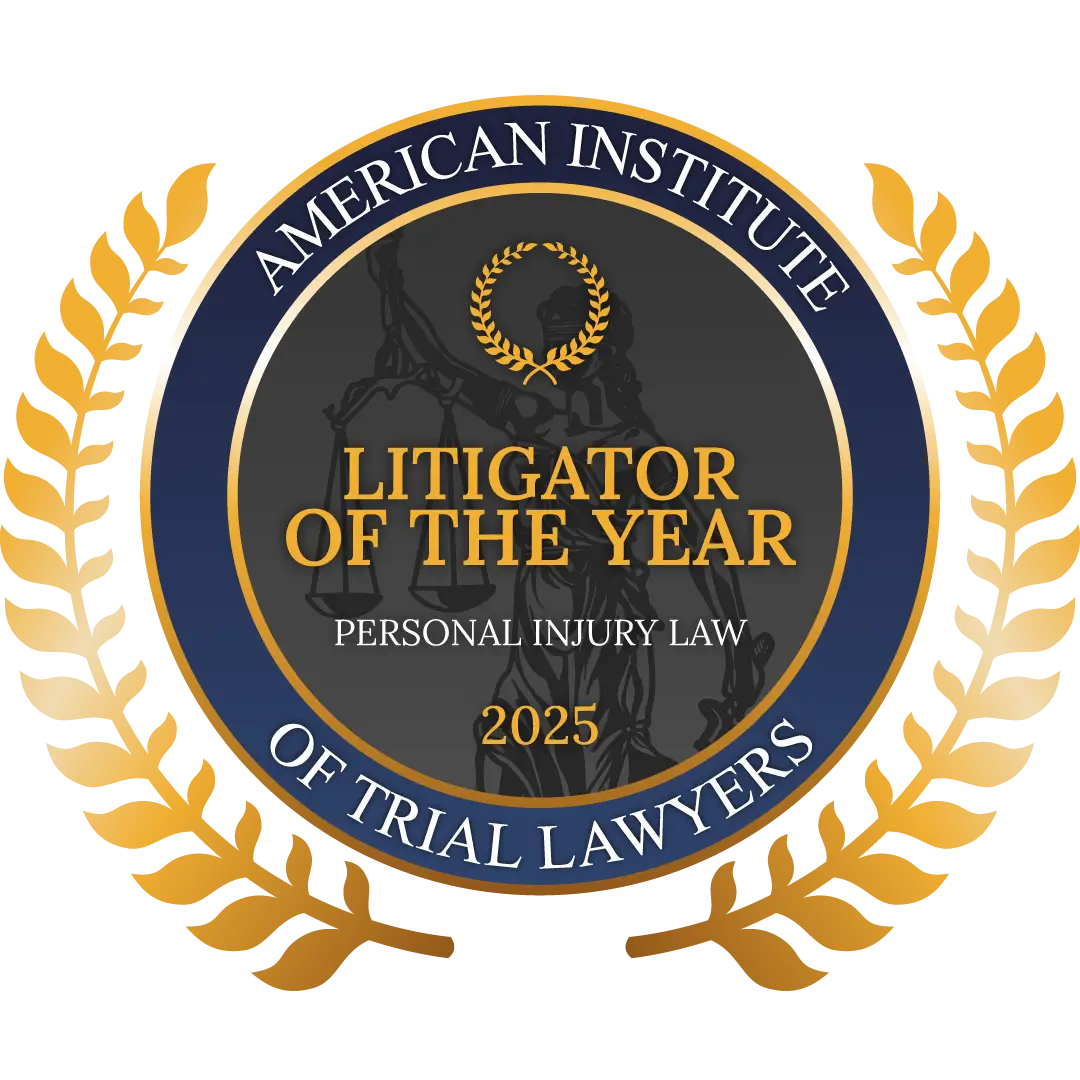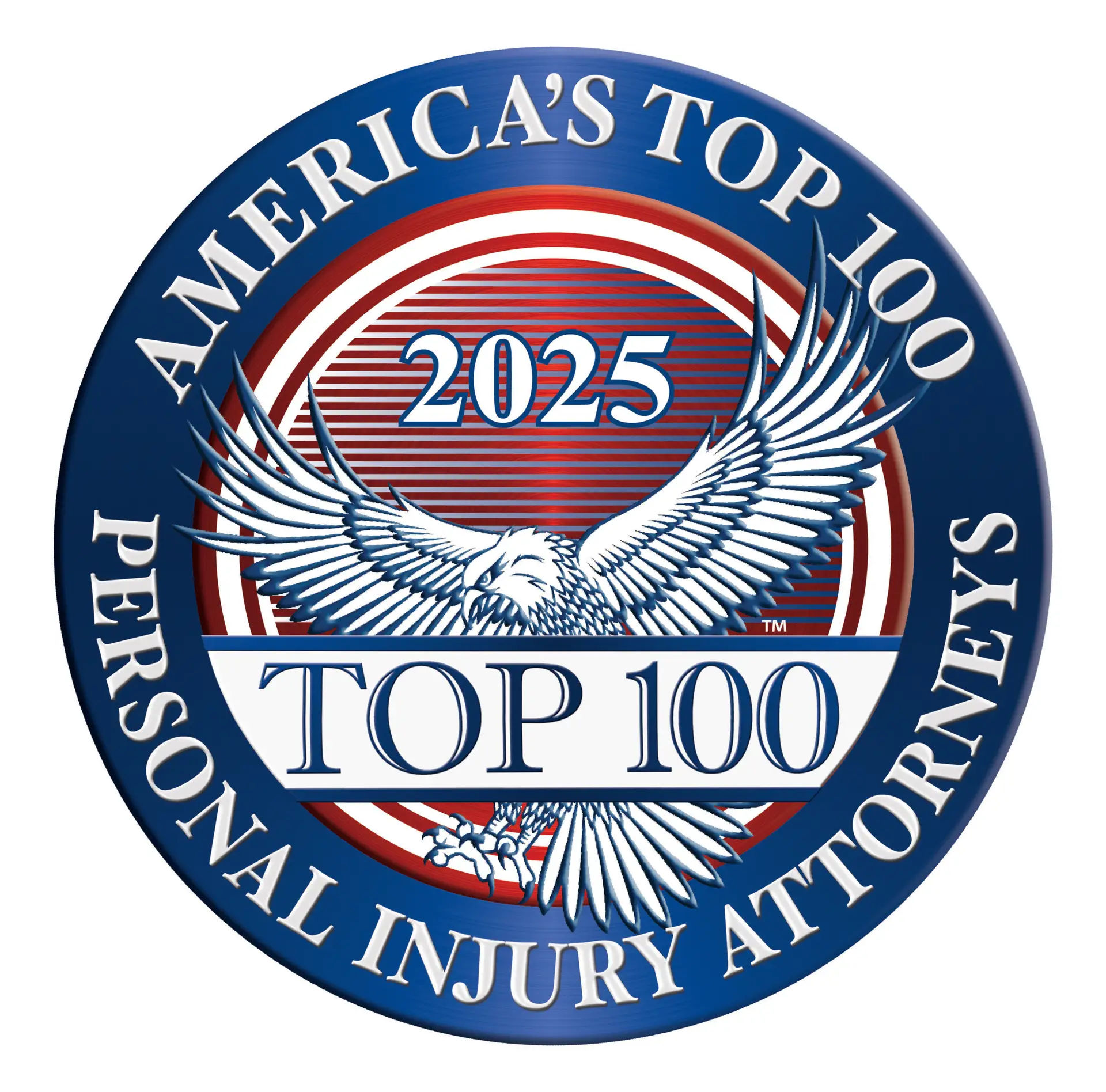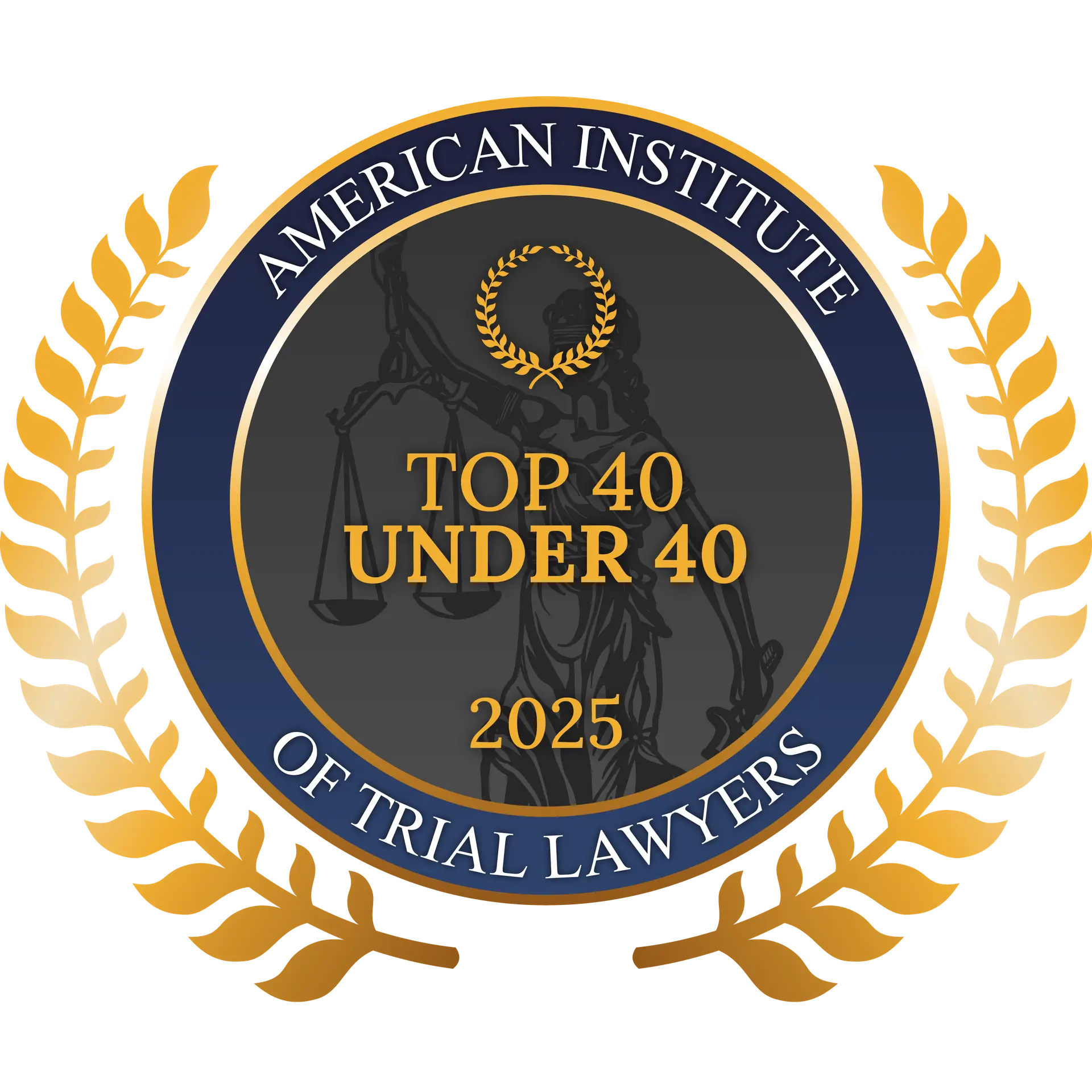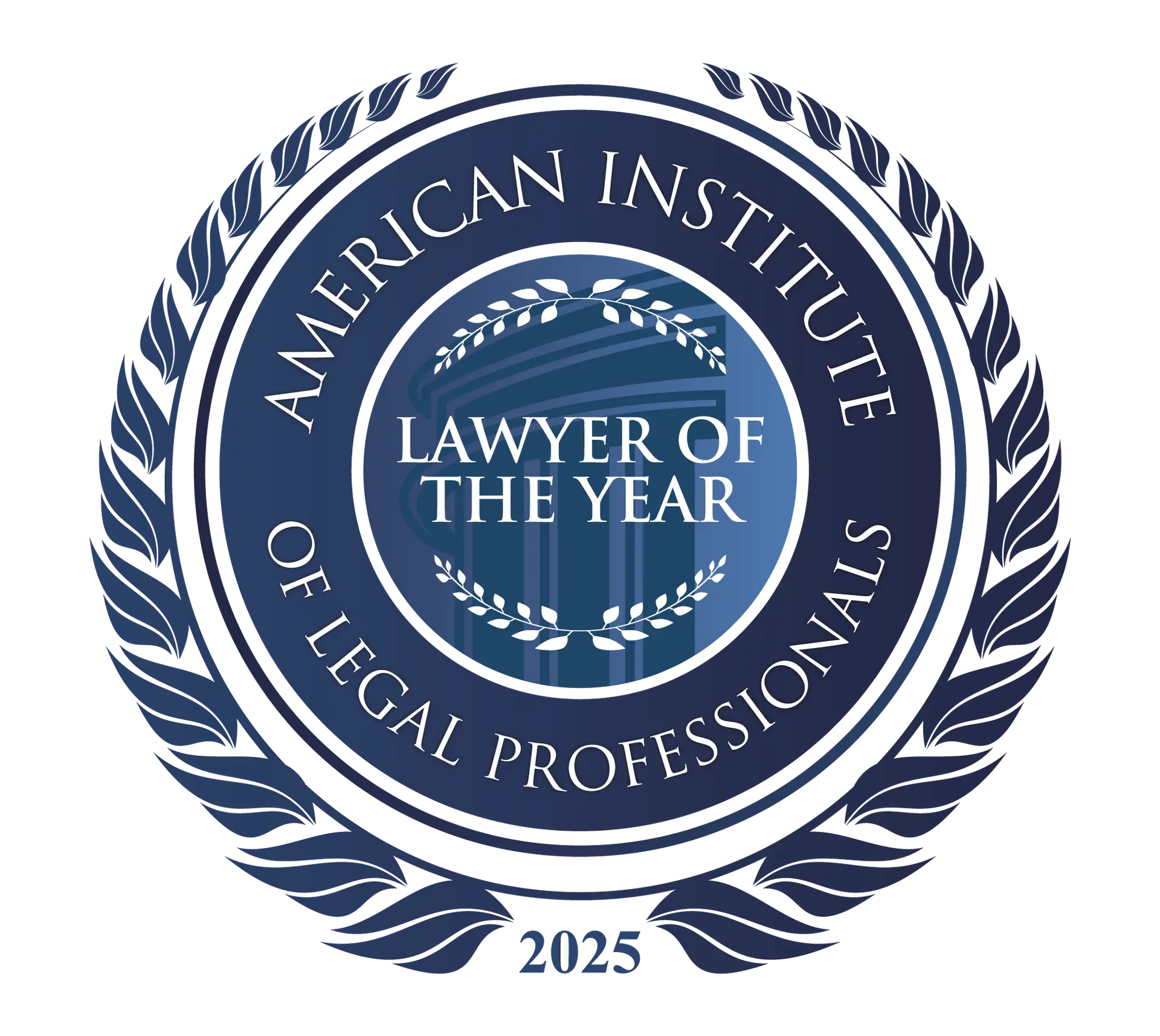One of the most dangerous forms of vehicle malfunction is when a car accelerates without the driver using the pedal. It can propel a runaway car at high speed into an accident. Contact a sudden unintended acceleration accident lawyer for help if this happens to you.
At Bisnar Chase, we work with industry experts to examine your vehicle, find the faults that caused your crash, and hold car makers accountable.
Contact our auto defect lawyers today to ensure you get the compensation you deserve. We deal with negligence and personal injury cases and will work tirelessly to secure justice for you. Call (800) 561-4887 or send us an email now.
Sudden Unintended Acceleration Resources
What is Sudden Unintended Acceleration?
Sudden unintended acceleration is a form of auto defect. A fault with the design or manufacturing of the vehicle can cause it to accelerate without warning or input from the driver.
It goes without saying that this can put drivers and passengers in extreme danger.
A 1980s National Highway Traffic Safety Administration (NHTSA) report defined sudden unintended acceleration as:
“Unintended, unexpected, high power accelerations from a… low initial speed accompanied by an apparent loss of braking effectiveness.”
Unintended Acceleration (UA) has been blamed on many issues, including driver error, a sticky accelerator pedal, incorrectly fitting floor mats, and a faulty electronic control system. All of these issues have likely caused unintended acceleration incidents over the years.
Some early instances occurred immediately after shifting the car from park into drive. Recent defects, however, usually result in unintended acceleration when the car is already in motion.
Survivors recall their cars accelerating at full speed and the car not responding to the brakes when applied.
What Causes Sudden Unintended Acceleration?
Many manufacturers have been linked to accidents involving SUAs, including Ford, Nissan, Toyota, and many others. But not all incidents are caused by the same factors.
Experts have linked unintended acceleration to several different causes. These include:
Mechanical Issue: A faulty throttle may stick or register a gas injection without warning.
Software Bugs: Nearly all cars now use electronic systems. But a software failure could prevent the car from braking properly or reacting to the driver.
Sticky Accelerator: Some Toyota vehicles have experienced the gas pedal becoming stuck in an open position, forcing continued acceleration.
Transmission Issues: Malfunctioning transmissions may slip in and out of gears.
Floor Mats: Some accidents result from faulty floor mats interfering with the car’s pedals.
Driver Error: We deal with car accident cases linked to vehicle issues. But in some cases, sudden acceleration may be caused by driver error.
Some of these causes are specific to certain vehicles and manufacturers. For example, a NHTSA investigation in 2008 revealed that a plastic piece from Toyota dashboards was coming loose and causing gas pedals to stick.
How many Toyota cases have been reported for unintended acceleration?
The National Highway Traffic Safety Administration (NHTSA) has investigated unintended acceleration in Toyota vehicles for the past few years. The NHTSA has released reports of unintended acceleration in Toyota vehicles, which includes incidents of pedal entrapment and floor mat interference.
In September 2010, the NHTSA issued a report on an incident with a 2008 Lexus ES 350 that had an unintended acceleration event while being driven by a woman with no previous experience with driving manual transmission cars. In this case, the driver was able to stop the car by shifting into neutral and braking at the same time.
In December 2010, the NHTSA issued a report about unintended acceleration in Toyota Prius models from 2005-2010. They found that there were some incidents of pedal entrapment due to floor mat interference and that these cases only occurred when there was an unadjusted accelerator pedal or accelerator pedal stuck open due to broken or missing parts.
Contact Bisnar Chase to discuss your case and find out if you could have an auto defect claim.
What To Do in Cases of Sudden Unintended Acceleration
When your car accelerates and pressing the brake does nothing to slow it down, your natural reaction might be to panic. Try to remember the following steps:
Make sure your foot is on the brake and keep it pressed down.
If the car is slowing down when you are braking, but it has not stopped:
Automatic Transmission: Put your car into the lowest gear possible. An automatic transmission will utilize engine braking to slow the car down.
Manual Transmission: Downshift slowly and safely. Leave as much time as possible between shifts to avoid engine damage or skidding. You can let the car coast to a stop in neutral if you have an open road.
If the brake is not working and the car is still accelerating: Put your car into neutral and pull the e-brake. This will manually disengage the engine from the transmission, and the car will no longer accelerate.
If you are coasting but you still need to slow down suddenly, put the vehicle in park: Unfortunately, this will most likely damage or destroy your transmission, but if the previous steps have not slowed down your car enough, this may be your last option for keeping yourself and your passengers safe.
The History of Sudden Unintended Acceleration
It is not just one or two cars/manufacturers linked to SUA accidents. A huge number of accidents have occurred over the years, caused by various issues. The following timeline shows a brief history of sudden unintended acceleration cases.
1987: Audi recalled the Audi 5000 due to hundreds of accidents linked to SUA. An investigation eventually blamed driver error.
1988: Some Honda Accords showed acceleration issues caused by their Vehicle Speed Control function.
1997: Jeep Cherokees made national headlines due to sudden acceleration issues.
1998: Ford police vehicle involved in fatal crash partly caused by an electronic fault.
2004: An issue with Toyota Camry electronic throttle controls sparked an NHTSA probe.
2005: Multiple reports of Toyota Camry incidents.
2006: Recall issued for the Ford Mustang Cobra due to the accelerator pedal sticking.
2008: Reports of multiple Kia models displaying high revs not caused by the driver.
2009: Cass of unintended acceleration in Toyota Avalons with no floor mat interference.
2009: Ford Explorer SUA incidents reported by national news outlets.
2009-2011: Mass recalls and production/sales halted of Toyota Prius, Camry, Corolla, Tacoma, Matrix, and Avalon, as well as the Pontiac Vibe, Lexus models, and others.
2022: Ford recalled the Mustang Mach-E due to unintended acceleration issues linked to the drivetrain electronics.
Many acceleration defect accidents involve Toyota vehicles. But, as you can see from the history, the Japanese manufacturer is far from the only company linked to malfunctions and accidents.
Sudden acceleration is also not a thing of the past. If you suffer personal injury due to a vehicle issue, our attorneys can help. Contact Bisnar Chase today.
Major Incidents Involving Unintended Acceleration
The following are some of the more notable incidents of sudden acceleration. Many of the victims of these accidents suffered severe or fatal injuries.
September 2007: A Toyota Camry started accelerating while leaving a highway in Oklahoma. Tire skid marks showed the driver was braking during the incident. The car continued accelerating and hit an embankment, injuring the driver and killing her passenger.
August 2009: Noriko Uno was driving in Southern California when a car rolled through a stop sign and hit her. Upon impact, her vehicle accelerated without warning. It hit speeds of 100 mph. The speeding car hit several objects, and the driver died in a collision with a tree. This was the first unintended acceleration trial to go to court against Toyota.
August 2009: A Lexus ES350 with a family of four inside accelerated without warning. Off-duty California Highway Patrol officer Mark Saylor was driving the car. A 911 call recording shows that the car was speeding up, and the brakes were not working. The call ended when the car hit an embankment and crashed, killing all four passengers.
Toyota Unintended Acceleration Cases
Toyota has been at the center of major controversies and recalls relating to sudden unintended acceleration incidents over the years, causing the Japanese vehicle manufacturer to be fined more than a billion dollars by watchdogs.
Many sudden acceleration incidents were reported concerning this manufacturer, leading to multiple NHTSA investigations. Most were closed due to a lack of evidence.
Investigations revealed that Toyota knew about its unintended acceleration problems and did nothing to fix them or warn drivers. The car-making giants went through multiple wrongful death and personal injury lawsuits. It was eventually hit with massive fines and a huge class action lawsuit.
Timeline of Toyota Sudden Acceleration
We explore the headline-grabbing Toyota cases in more detail here with the timeline of the company’s SUA troubles:
The First Incidents:
Scattered reports of unintended acceleration in Toyota vehicles came as early as 1992 when a 4Runner accelerated out of control. Starting in 2002, a massive influx of complaints came from consumers regarding engines surging and brakes not responding.
NHTSA received reports of these issues, but the original investigations came to nothing.
Petitions and Investigations:
Despite investigations into factors that might cause unintended acceleration, NHTSA could not pinpoint the cause of the problem until 2007. Toyota issued a large-scale recall of cars from 2009-2011 but found no electronic faults.
Floor Mat Recalls:
One of the first major Toyota recalls of this period was not prompted by an investigation but ended up setting the stage for more recalls to come.
Of its own accord, the company discovered an issue that allowed the driver’s side carpet to become loose and interfere with the gas pedal. The company issued an unprompted recall of more than 367,000 cars. This accounted for some SUA claims, but not all of them.
The Saylor Car Accident:
In 2009, the catastrophic fatal crash involving CHP officer Mark Saylor and his family brought unintended acceleration back into the spotlight.
A separate mat issue caused the Saylor crash. This time, the company recalled 8 million vehicles. Toyota announced that it fixed the problem, but it was later revealed that this was a deliberate attempt to mislead customers.
The Truth Emerges:
In 2010, the car manufacturer employed freelance translator Betsy Benjaminson to review and translate 1,500 documents from Toyota regarding SUA. In doing so, she discovered that Toyota was hiding information regarding the defects and had even lied to NHTSA and Congress.
The translator turned whistleblower and released information about the flawed electronic throttle control system in a public statement. This finally forced Toyota to take responsibility for the dangerous defects.
Fees, Settlements, and Fines:
By the end of 2014, Toyota had paid billions of dollars for issues related to unintended acceleration.
2010: The DOT issued a $16.4 million penalty against Toyota for hiding a sticky pedal problem and waiting four months to report it.
2010: Toyota paid $32.4 million in civil penalties for its handling of floor mat recalls and for not notifying the NHTSA about a steering defect.
2012: The manufacturer paid $25.5 million to its shareholders who lost value in their stock due to Toyota’s recalls.
2012: Toyota paid another $17.35 million fine for failing to report a safety defect in a timely manner.
2012: Toyota settled a class action lawsuit for $1.2-1.6 billion. This suit was brought against them by Toyota drivers who felt that their cars had lost value due to the sudden unintended acceleration problems.
2014: The Department of Justice levied a landmark $1.2 billion financial penalty against Toyota for lying to NHTSA regulators and the U.S. Congress and for willfully misleading the public about the status of their cars and the unintended acceleration problem.
Since these incidents involving extreme liability, Toyota has rebounded and is once again considered a trusted car manufacturer. But it has had to pay out millions of dollars to settle personal injury claims.
If you suffer injuries in a car accident involving sudden acceleration, contact the auto defect injury lawyers of Bisnar Chase for a free consultation.
Injuries Caused by Sudden Unintended Acceleration
A car accident involving sudden acceleration can be deadly. Runaway vehicles hit dangerous speeds, leaving victims trapped inside with no way to slow down or stop. This often results in high-impact crashes. Common injuries include:
Broken bones.
Internal injuries.
Head or neck trauma.
Spinal cord injuries.
Traumatic brain injuries.
Fatal trauma.
Due to the speed and force involved in a runaway acceleration accident, the consequences can be dire. At Bisnar Chase, we work with injury victims and family members in wrongful death cases to ensure vehicle manufacturers pay for their negligence.
Compensation in Sudden Acceleration Claims
What is your case worth? It is a simple question, but the answer depends on the specifics of your situation. Generally, the amount of compensation depends on the impact an accident has on the victim.
Factors influencing compensation include:
Pain and suffering.
Medical bills.
Lost wages.
Impacted quality of life.
Rehabilitation and care expenses.
Punitive damages.
Our team will fight to ensure you are made whole after being injured in an SUA accident. Trust an experienced attorney at Bisnar Chase to maximize your recovery. Phone now for a free case review.
Be Wary of Recalls
Auto manufacturers regularly issue recalls to fix issues found on their vehicles. Recalls are often voluntary, made proactively by the company to fix a problem it has discovered. But a manufacturer can also be forced to recall vehicles if watchdogs like NHTSA have concerns.
Getting your car into a dealer is important if you receive a recall notification. However, many vehicle models involved in a sudden acceleration accident are never recalled. This may mean that the company is unaware of the issue. It could also be keeping the problem quiet to maintain sales while it works on a fix.
It does not matter if the manufacturer does not recall your vehicle. You should contact our attorneys for legal advice when you suffer a personal injury in a sudden acceleration accident.
Diagnosing the Dangers of Sudden Acceleration
As we have explored on this page, there are several different causes of unintended acceleration issues. Some of those causes are electrical and have been replicated in lab conditions.
For example, multiple investigations have shown that a negative voltage surge can cause a car’s electronic control unit (ECU) to reboot without warning. In some conditions, this reboot can force a throttle output to rise to 100%, even if the pedal position does not change.
In the test, this happened without warning and with no abnormalities logged. These results show the potential dangers linked to malfunctioning electronics in a car.
No matter what caused your acceleration accident, you need to hire a law firm with top-rated lawyers and extensive experience in auto defect cases.
Unintended Acceleration Lawsuit FAQs
We will answer any questions you have about taking legal action against a vehicle manufacturer to the best of our ability. Our firm answers some of our most frequently asked questions about sudden acceleration below. Please do not hesitate to contact us for more information.
To determine the cause of your accident, you should consult with an expert. The experienced SUA attorneys at Bisnar Chase have won countless auto defect cases and work with the best experts. Call now to find out if you have a case.
There are many potential causes of unintended acceleration accidents. They include electronic system malfunctions, mechanical or throttle issues, design flaws, pedal interference, and more.
It is very difficult to win an auto defect case without a skilled and experienced attorney. Auto manufacturers employ massive legal teams. You need the right team on your side too.
Bisnar Chase is committed to making its services available for everyone. We offer a free consultation and then advance the costs needed to win your case. Our no win no fee promise means we are only paid if we win for you.
The time it takes to resolve your case can vary on a variety of factors, including whether it is settled or goes to trial. We will work tirelessly to secure the right result for you.
Contact the Best Attorney for a Sudden Unintended Acceleration Case
Bisnar Chase is a top-rated law firm. We are based in Orange County, California, but have earned a national reputation for winning auto defect cases.
We take great pride in holding automakers accountable. In doing so, we help individuals who suffer injuries due to manufacturer negligence. But we also make the world a safer place by forcing companies to eliminate dangerous issues and improve their products.
Contact our lawyers for:
A free consultation and a no win no fee promise.
A 99% success rate.
More than $900 Million won.
Eight-figure settlements and verdicts in major auto defect cases.
Experience with sudden acceleration cases like yours.
Longevity – in business since 1978.
A team that is easy to contact and communicate with.
A trusting attorney/client relationship.
Trial attorneys who will fight for you in court if needed.
We maximize your chances of success and secure the greatest possible verdicts and settlements for our clients.
Contact Bisnar Chase for superior representation from a top-rated sudden unintended acceleration attorney. Call (800) 561-4887, send us an email, or use our live chat to speak to an expert today. Our team is ready to fight for you.
Resources
- https://en.wikipedia.org/wiki/Sudden_unintended_acceleration
- https://www.consumerreports.org/cro/news/2010/02/timeline-of-toyota-acceleration-investigations/index.htm
- http://usatoday30.usatoday.com/money/autos/2004-04-13-unintended-acceleration_x.htm
- http://www.safetyresearch.net/toyota-sudden-acceleration-timeline
- How to report an auto defect















